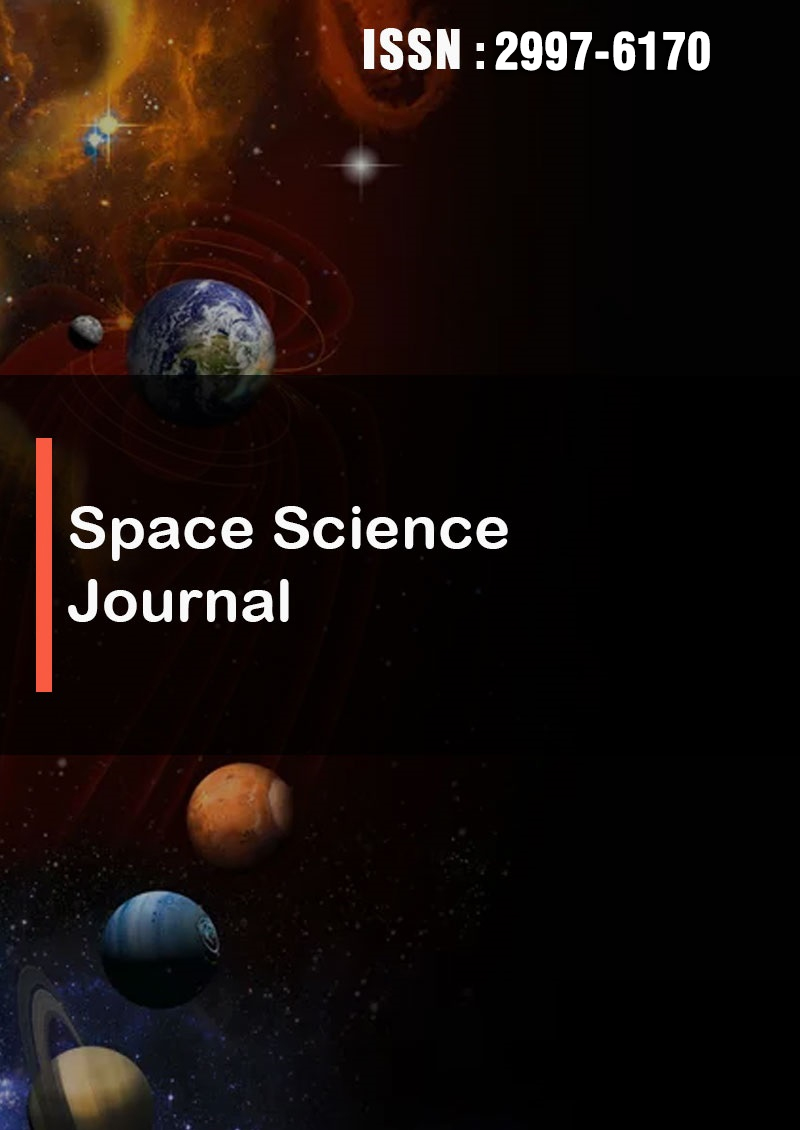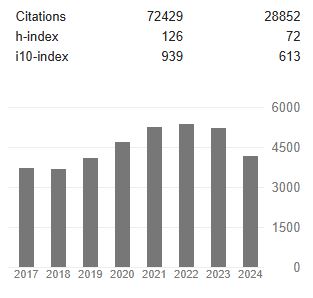Ionosonde Data Analysis for Precise Study of Ionospheric Electron Density
Abstract
Amsalu Hundesa
The ionosphere, crucial for communication, navigation, and space weather forecasting, profoundly impacts our technological infrastructure by reflecting and refracting radio waves. Enter Ionosound, a cutting-edge ionospheric sounder system revolutionizing our ability to capture and analyze ionospheric data. Unlike traditional radar, Ionosound employs sound waves to probe electron density profiles, unlocking new insights into the ionosphere’s intricate dynamics. This paper delves into Ionosound’s principles, capabilities, and applications in studying electron density, showcasing its pivotal role in advancing atmospheric research and space weather prediction. With a focus on electron density profiles peaking between 150-350 km, we examine Ionosonde measurements capturing reflections from the E-layer to the F2 peak, with notable absorption observed in the D-layer below the E-layer. We leverage key ionospheric parameters such as electron density profile (Ne), maximum electron density (NmF2), maximum ionization height (hmF2), and critical frequency (foF2) to deepen our analysis. However, it’s important to acknowledge Ionosonde’s limitation in probing only the lower ionospheric region, prompting us to supplement our findings using the Chapman electron density profile to extend observations to upper layers. Through meticulous analysis, Ionosound empowers scientists to explore the ionosphere’s responses to diverse phenomena with unprecedented precision, shaping the future of atmospheric science and space exploration.




